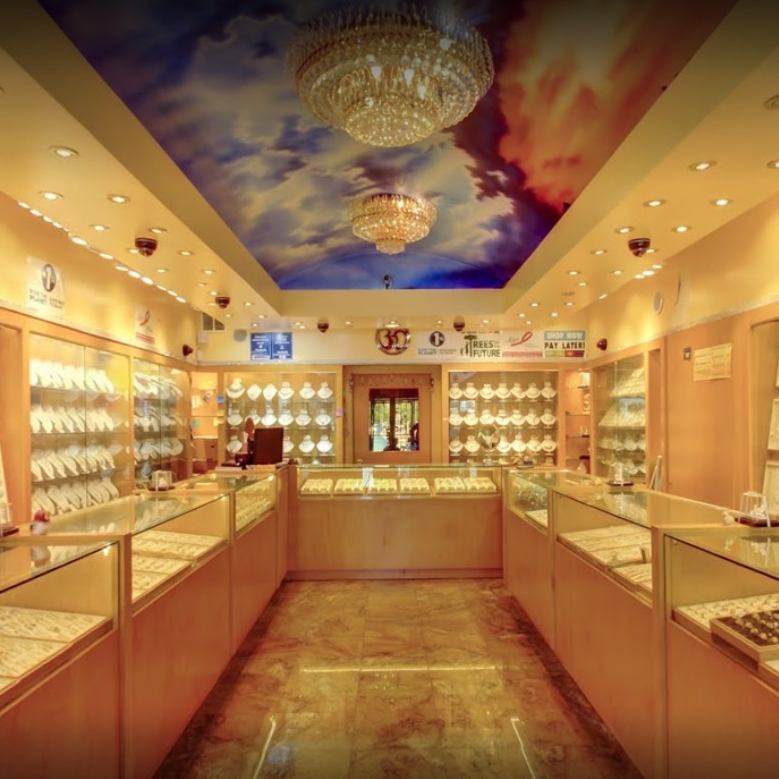Jewelry Collaboration and Co-Creation: Exploring Cross-Industry Collaborations
In the ever-evolving landscape of jewelry design, collaborations have emerged as powerful catalysts for innovation and creativity. While collaborations within the jewelry industry are common, cross-industry collaborations have garnered attention for their ability to push boundaries and redefine traditional concepts of design and craftsmanship. In this article, we delve into the realm of cross-industry collaborations in jewelry design, exploring their significance, impact, and potential for shaping the future of fashion.
Breaking Boundaries Across Industries
Cross-industry collaborations in jewelry design involve partnerships between jewelry designers or brands and companies from diverse sectors such as technology, architecture, automotive, and more. These collaborations seek to bridge the gap between different disciplines, infusing jewelry design with fresh perspectives, innovative materials, and cutting-edge technologies.
Innovative Materials and Techniques
One of the key benefits of cross-industry collaborations is the opportunity to explore innovative materials and techniques that may not be traditionally associated with jewelry design. For example, collaborations with technology companies may incorporate wearable tech elements into jewelry pieces, while partnerships with architectural firms may explore new materials and fabrication methods inspired by architectural principles.
Exploration of Design Concepts
Cross-industry collaborations encourage designers to think outside the box and explore new design concepts that transcend traditional boundaries. By drawing inspiration from diverse disciplines such as art, science, and engineering, designers can create pieces that challenge conventional notions of jewelry and push the boundaries of artistic expression. These collaborations often result in avant-garde designs that captivate the imagination and spark conversation.
Interdisciplinary Dialogue and Exchange
Collaborating across industries fosters interdisciplinary dialogue and exchange, providing designers with opportunities to learn from experts in other fields and expand their creative horizons. By bringing together diverse talents and perspectives, cross-industry collaborations encourage collaboration, experimentation, and innovation, driving the evolution of jewelry design in exciting and unexpected directions.
Enhanced Consumer Experience
Cross-industry collaborations have the potential to enhance the consumer experience by offering jewelry pieces that are not only aesthetically pleasing but also conceptually rich and intellectually stimulating. Consumers are drawn to pieces that tell a story, evoke emotion, and reflect cultural zeitgeist, and cross-industry collaborations have the power to deliver on these expectations by infusing jewelry design with meaning, depth, and relevance.
Examples of Cross-Industry Collaborations
Several notable examples of cross-industry collaborations in jewelry design exemplify the diverse possibilities and creative potential of interdisciplinary partnerships. For instance, collaborations between jewelry designers and technology companies have resulted in pieces that incorporate LED lights, motion sensors, and other wearable tech elements. Similarly, partnerships with architectural firms have yielded jewelry pieces inspired by architectural forms, materials, and principles.
Conclusion: Shaping the Future of Jewelry Design
In conclusion, cross-industry collaborations represent a dynamic and transformative force within the world of jewelry design. By fostering interdisciplinary dialogue, exploring innovative materials and techniques, and pushing the boundaries of design concepts, these collaborations are shaping the future of fashion in exciting and unprecedented ways. As designers continue to embrace collaboration and co-creation across industries, the possibilities for innovation and creativity in jewelry design are endless, promising a future where jewelry is not just an accessory but a canvas for artistic expression, cultural exchange, and technological innovation.

















